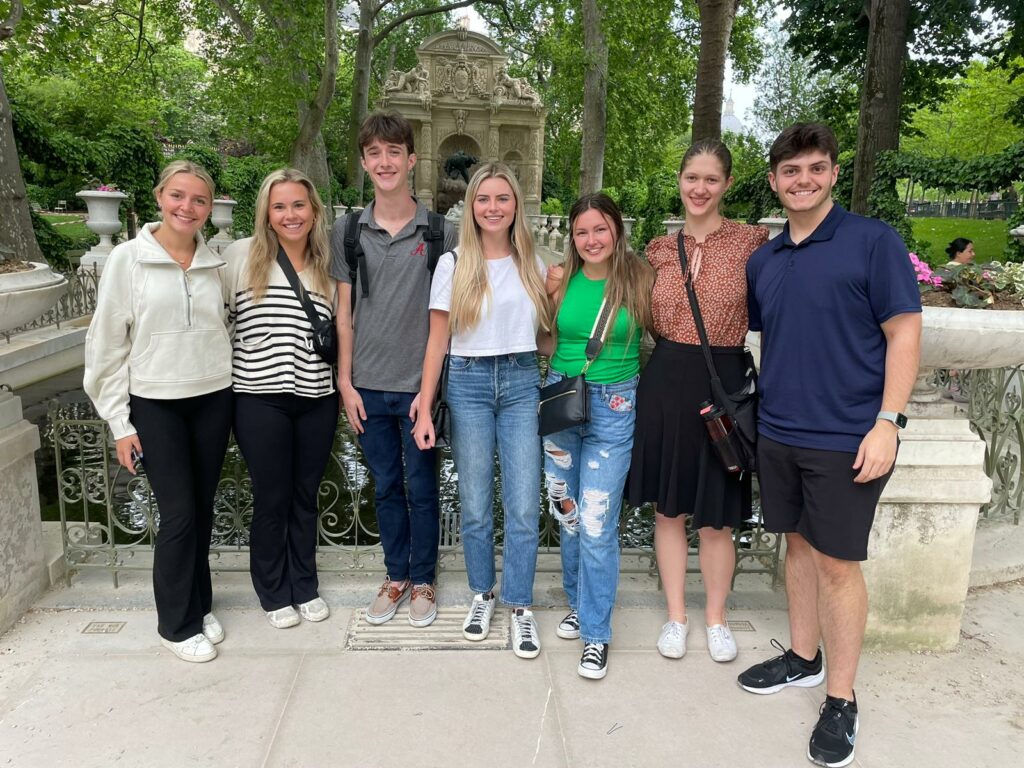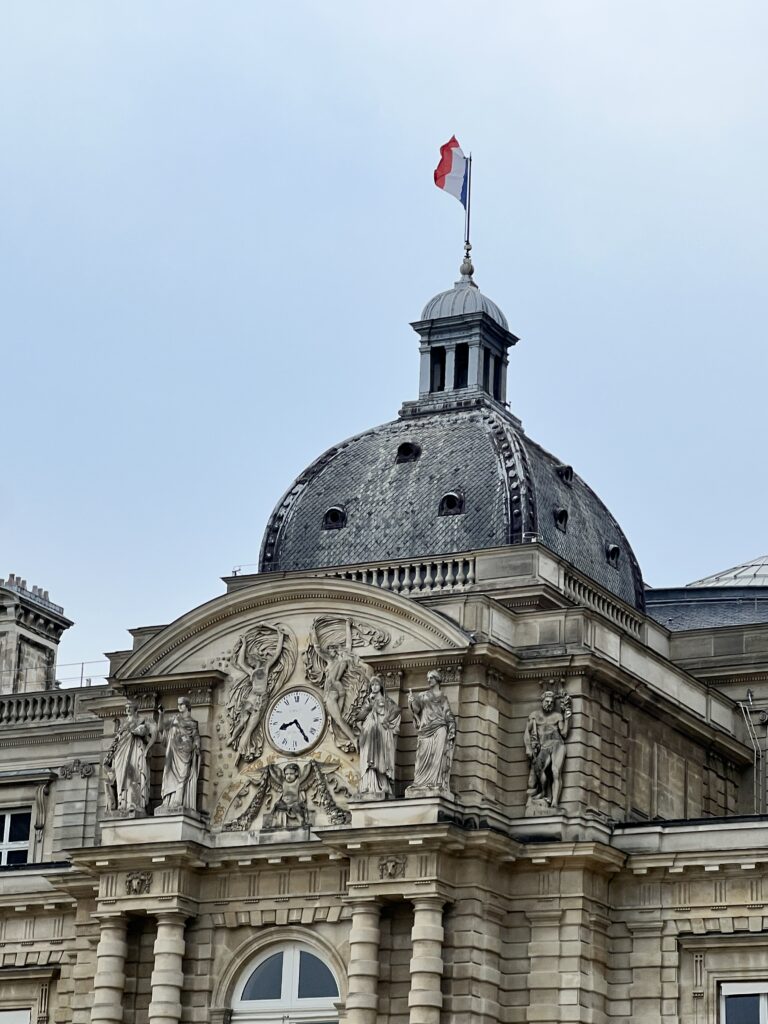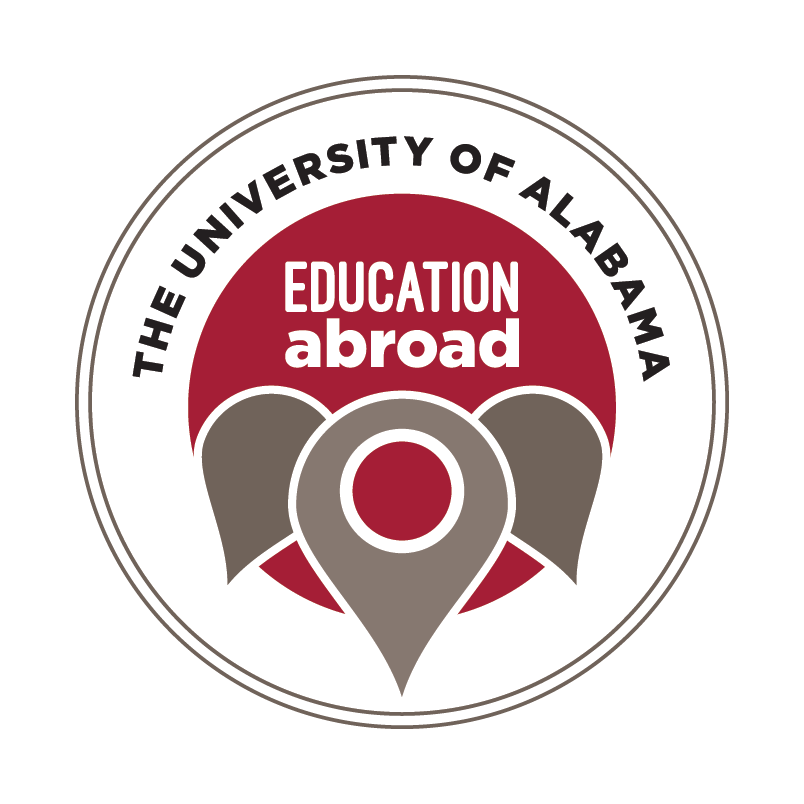
When waiting in the line for security in the first airport I had ever been in, after having just hugged my dad goodbye, I realized the gravity of the decision I had made. I, a student born and raised in Alabama, was about to get on my first ever plane to study a language I had fallen in love with in a country I hoped I would love equally.
My family is generally not well-traveled, so I was essentially on my own for everything from obtaining a passport to checking my bag. Thankfully the University of Alabama has workshops and presentations that serve to prepare students for study abroad. Additionally, there are numerous scholarship opportunities available for students to help fund their travels. Had it not been for these resources, I wouldn’t have been prepared to study abroad, and I most surely wouldn’t have been able to afford it.
Ever since beginning my studies of the French language in 10th grade, I have been enamored by the beauty and challenge of learning a new language. While I didn’t even plan to continue studying French in college, I decided to take FR 201 at the request of my last French teacher in high school. After realizing how much I enjoyed it, I decided to add the French minor to my degree plan.
Like a typical tourist, I mainly wanted to see the big attractions in Paris: Le Louvre (where the Mona Lisa is housed), the Eiffel Tower, l’Arc de Triomphe, etc. After arriving here, however, I realized that there really is beauty to be found in the most unlikely of places.
During our first night in Paris, we ate at a nice restaurant called Le Rostand, which sits directly in front of Le Jardin du Luxembourg, where La Fontaine Medicis is located. While I had never heard of this garden before, nor the fountain it housed, I realized very quickly that French culture (and European culture in general) holds much history beneath its aged walls.

